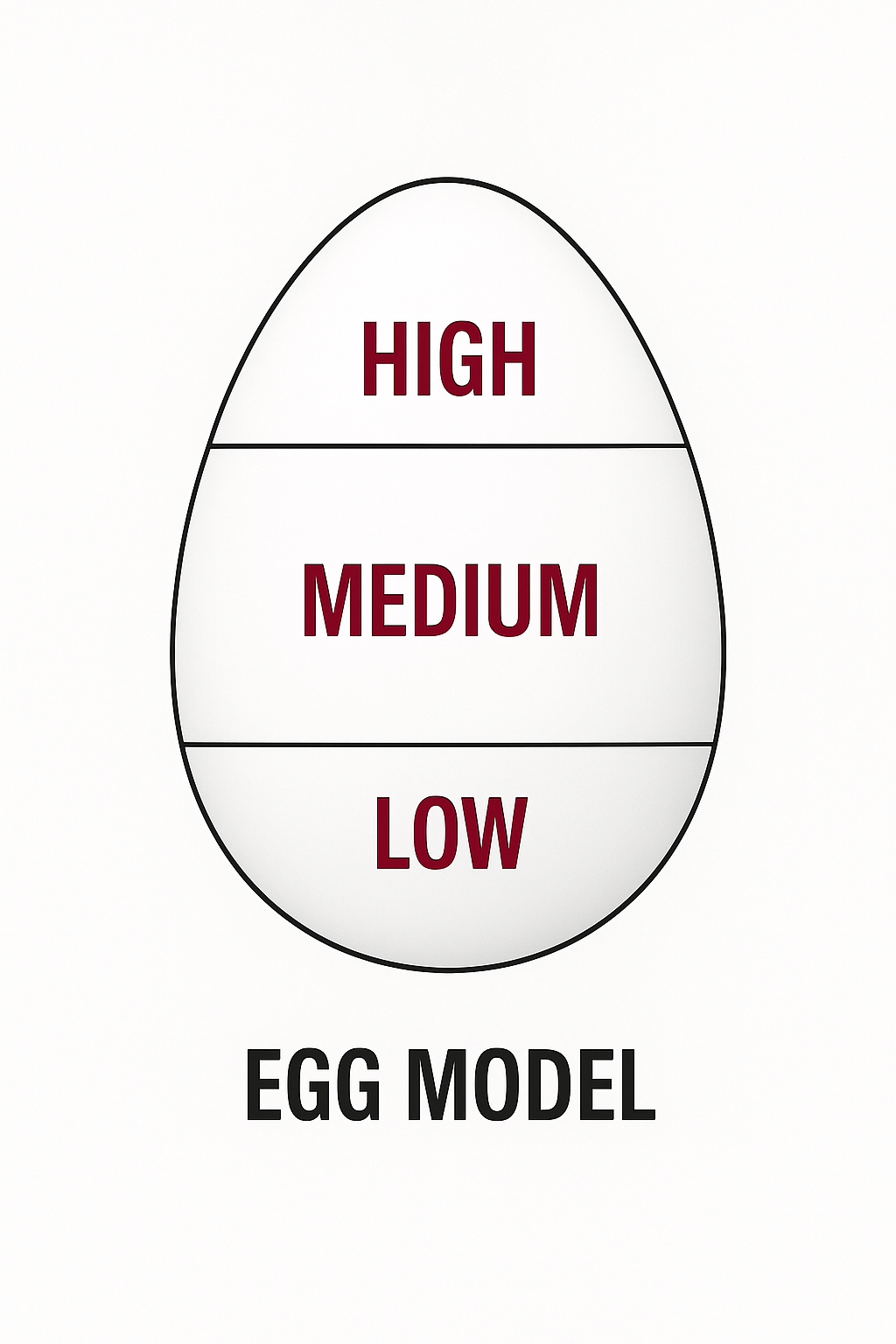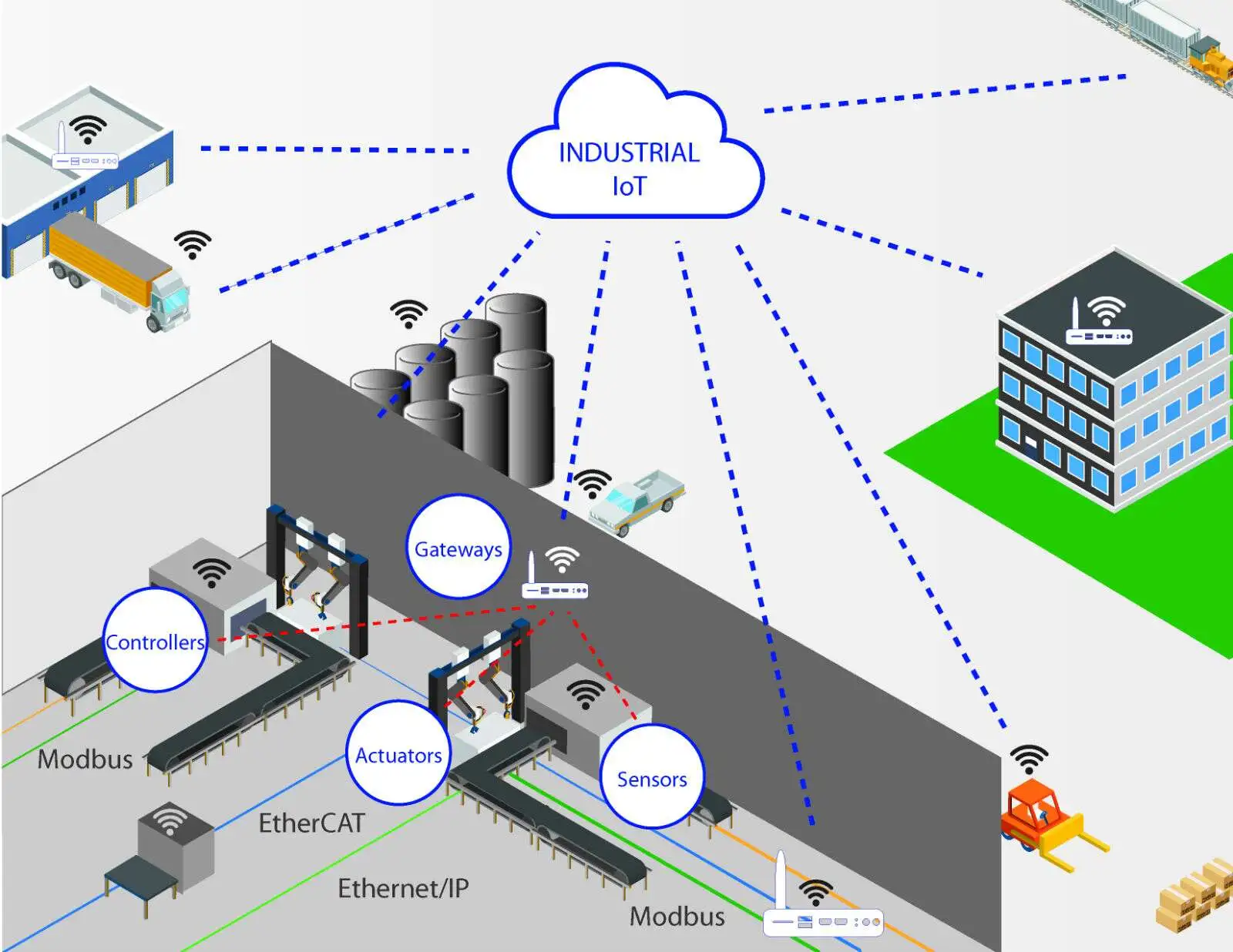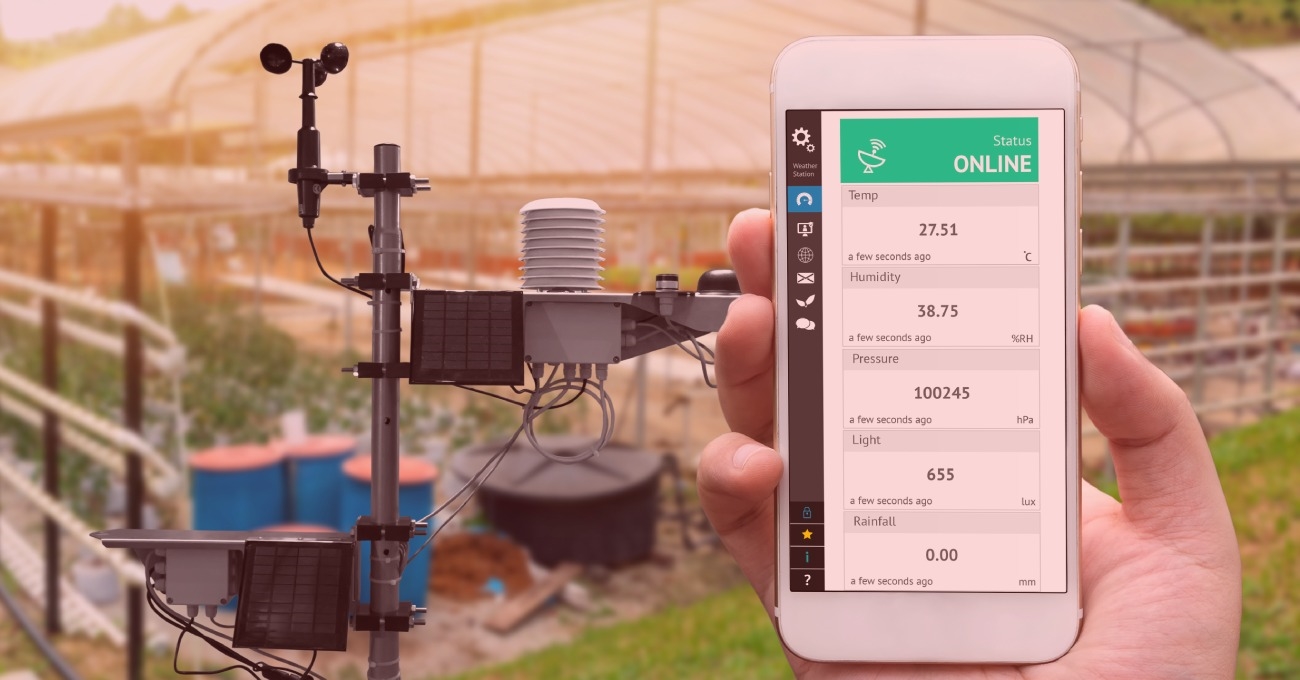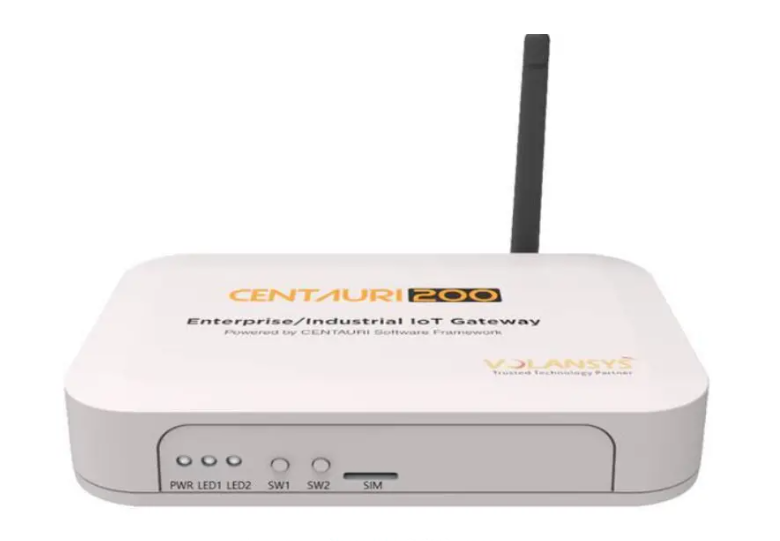
The growing importance of IoT and connected devices has increased demand for IoT gateways. An effective gateway should support multiple radio connections for sensors running low-power southbound protocols such as Z-Wave, Zigbee, BLE, Thread, and Wirepass, while also providing redundant northbound connectivity via LTE, Wi?Fi, and Ethernet. A single multi-protocol gateway integrates devices from many OEMs built for different use cases, enabling interoperability across temporary or mixed environments.
Why a multi-RF hardware platform benefits OEMs
A multi-protocol hardware platform lets OEMs leverage two or more radios operating concurrently across different protocols. CENTAURI-200 is an enterprise/industrial IoT gateway whose software framework helps OEMs build and manage applications quickly. The framework includes gateway management, user management, endpoint device management, OTA management, gateway monitoring, real-time logging, historical record management, and dashboard-driven notifications.
Supported connections on CENTAURI-200
The CENTAURI-200 gateway supports multiple radio connections for southbound links, including BLE 5.0 and IEEE 802.15.4 modules with Thread support (NXP KW41Z), a BLE 5.0 module (Nordic nRF52840), Z-Wave modules (Silicon Labs ZM5304 / ZGM130S), and Zigbee modules (JN5179 or Silabs EFR32MG12P, MGM210P). It also provides one USB Type-A port and a high-speed CAN 2.0 A/B interface for southbound connections. For northbound connectivity it supports LTE modules such as Quectel EG91 (IoT/M2M optimized LTE Cat 1), Quectel BG95 (LTE Cat M1/Cat NB2/EGPRS), and Quectel BG96 (LTE Cat M1/Cat NB1/EGPRS), plus Ethernet and Wi?Fi options.
On a single platform, OEMs can interact with a wide variety of endpoint devices via different radios and enable seamless data flow to multiple cloud options. Compared with single-radio platforms, this approach offers greater operational flexibility and lower power consumption. Because the CENTAURI-200 firmware supports multi-radio and multi-protocol configurations, overall design and integration costs are reduced, simplifying OEM integration and shortening time to market.
Using the CENTAURI-200 software framework for OEM applications
CENTAURI-200 integrates with the IoTify cloud and mobile applications. IoTify is an independent platform for gateway management, endpoint device management, user management, and OTA management for CENTAURI-200 gateways. The CENTAURI-200 development kit enables devices to connect, authenticate, and exchange messages with AWS IoT Core using MQTT, HTTP, or WebSockets.
The CENTAURI-200 firmware runs multiple applications at startup, such as a gateway manager, device managers, a cloud agent service, a network handler, a rules and scene manager, a log manager, a GPIO manager, an LTE connection manager, and a health-check monitoring agent.
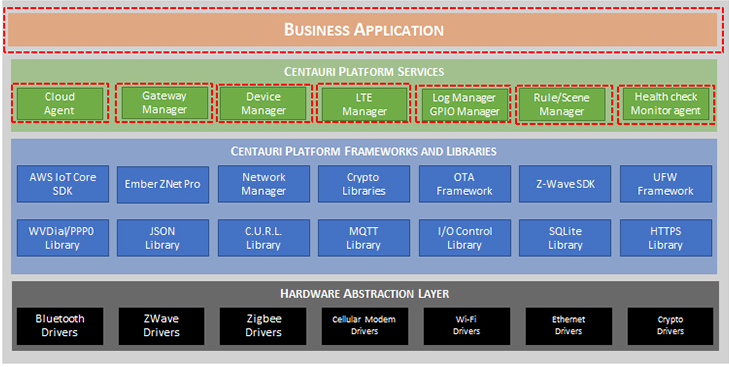
Key firmware services
The gateway manager supports user association/dissociation, OTA for kernel and file systems, application services and radio controllers, and factory reset of the CENTAURI-200 and its services. Users can associate the gateway with the IoTify mobile application using Wi?Fi or Ethernet. After registration, end users can add or remove endpoint devices via the mobile app; those changes appear on the OEM dashboard.
The device manager is implemented as separate applications per protocol (Zigbee, Z-Wave, BLE, Thread) and handles endpoint device pairing/unpairing, device control, device state (online/offline, battery status), and device information.
Z-Wave
The Z-Wave device manager is developed on top of Silicon Labs Z-Ware and the Z/IP gateway application. It enables pairing/unpairing, control, and management of nodes in a Z-Wave network via the mobile app. Any Z-Wave certified device can be integrated into the Z-Wave manager service with minimal changes; the service integrates with the provided SDK solution.
BLE
The BLE device manager is developed for BLE mesh networks to support connectable devices, and for non-mesh BLE networks to support scannable devices, integrating with the SDK solution. The BlueZ stack 5.50 is used on the host, and Zephyr 2.1.0 is used for the BLE controller (Nordic nRF52840). The BLE device manager uses BlueZ CLI tools to create an HCI raw interface. On the Zephyr side (on the nRF52840), an HCI application responds to HCI commands sent from the BLE device manager.
Zigbee
The Zigbee device manager is developed using Zigbee 3.0 SDK JN-SW-4270 and supports common sensors such as door, motion, bulbs, thermostats, and leak sensors. OEMs can implement business logic using available sensor types in the Zigbee device manager library. Adding a new sensor type requires minimal changes to the Zigbee device manager and control service and can be completed by the CENTAURI-200 support team. MGM12P and MGM210P support is available with Silabs NCP-UART-SW applications using EmberZNet PRO stack versions 6.5.5 and 6.7.6 respectively.
Thread
The CENTAURI-200 SDK includes a Thread device manager application developed with the available NXP Thread stack for connecting devices used in home automation to the IoTify platform.
Platform services that provide strategic advantages to OEMs
The cloud agent service facilitates gateway-to-cloud communication and forwards messages to other services via a message queue. Other applications running on the gateway send messages to the cloud agent for cloud communication.
The rules and scenes manager processes triggers and controllable devices for rules and scenes created in the mobile app. Users can create, update, or delete rules and scenes for registered gateways from the mobile app.
The log manager provides multiple logging levels and supports real-time logging, which can be forwarded to AWS cloud on demand.
The GPIO manager handles applications that need to control board-level LEDs and can program LEDs based on inputs received from other applications.
The LTE connection manager connects the CENTAURI-200 gateway to cellular networks and can publish the device GPS location to the cloud via MQTT.
The health-check monitoring agent observes critical gateway parameters that may affect field operation, such as CPU usage, RAM usage, storage utilization, and CPU temperature. If any parameter exceeds configured thresholds, the gateway sends a notification to the cloud on a designated MQTT topic.
How CENTAURI-200 supports different OEM applications
Healthcare solutions with home automation
Healthcare devices such as pulse oximeters, thermometers, and blood pressure monitors can use BLE, while home automation devices like door sensors, motion sensors, and bulbs can use Z-Wave or Zigbee to connect to the IoTify platform. This configuration supports remote monitoring that enables older adults to remain at home when needed.
Wearables integrated with home automation
Wearables such as smartwatches, smartphones, and beacons can connect to CENTAURI-200 through smart locks or other access devices. Sensors like leak detectors and other environmental sensors can pair with the gateway using Z-Wave, Zigbee, or Thread for a variety of combined use cases.
 ALLPCB
ALLPCB




